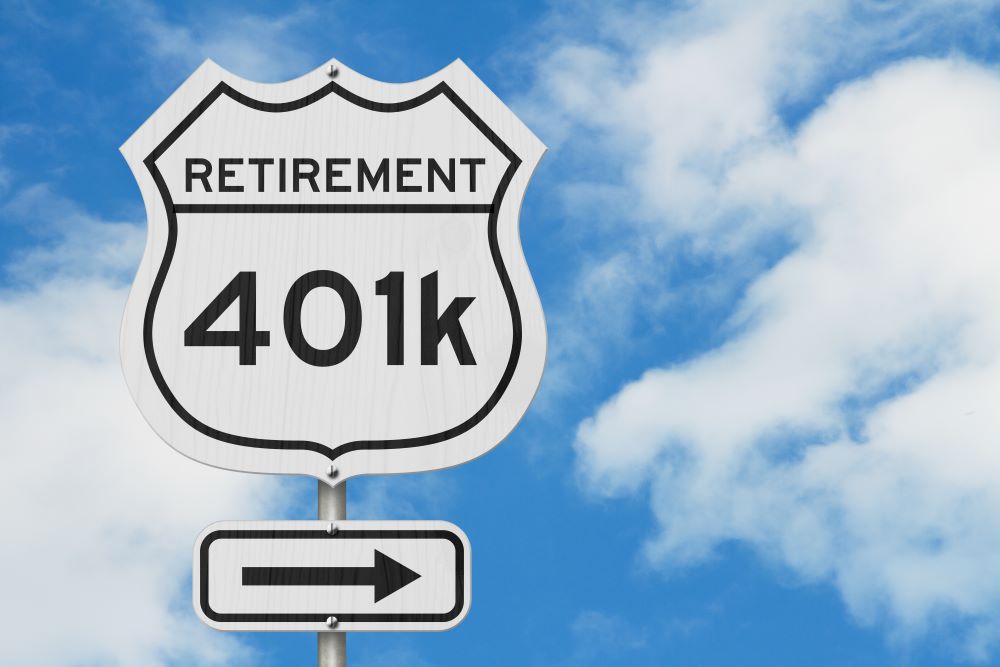
August 28, 2024

The SECURE 2.0 Act of 2022 introduced several updates to retirement savings plans, including a new provision (Section 109) that allows employees ages 60 to 63 to make higher catch-up contributions starting in 2025. This change is designed to help individuals boost retirement savings during the critical final years leading up to retirement. To help clients, prospects, and others, Wilson Lewis has provided a summary of the key details below.
As of 2024, employees aged 50 and older can make catch-up contributions to their retirement accounts and their standard elective deferrals. The current limit for these catch-up contributions is $7,500. This means that employees who have reached the standard contribution limit can contribute an additional $7,500 to their retirement savings, giving them a total contribution limit of $30,500 for the year.
These catch-up contributions are a key feature for those nearing retirement, allowing them to save more as they approach the end of their careers.
Starting on January 1, 2025, the SECURE 2.0 Act will allow employees who turn 60, 61, 62, or 63 during the calendar year to make even larger catch-up contributions. Under this new rule, the catch-up contribution limit for employees in this age range with non-SIMPLE plans will be greater than $10,000 or 150% of the regular age 50+ catch-up contribution limit, currently set at $7,500 for 2024.
For example, if the standard catch-up contribution limit in 2025 remains at $7,500, employees ages 60 to 63 could contribute an additional $11,250, bringing the total possible retirement contribution to $34,250. This enhanced limit provides a significant opportunity for certain employees to increase retirement savings. The increased limit is greater than $5,000 or 150% of the regular catch-up limit for SIMPLE plans.
Once employees reach age 64, they will no longer be eligible for the higher catch-up contributions. Instead, they will revert to the standard age 50+ catch-up contribution limit. In the calendar year they turn 64 and beyond, the additional catch-up contributions will be capped at the regular limit.
The enhanced catch-up contribution rules also apply to governmental 457(b) plans, but with some specific considerations:
The SECURE 2.0 Act also introduces a new requirement for high earners starting in 2025. Any catch-up contributions must be made as Roth contributions if an employee’s wages exceed $145,000 (adjusted annually for inflation). This means these contributions will be taxed upfront but grow tax-free.
However, the IRS has provided a transition period for implementing this requirement, so it will not be enforced in 2025. Plan sponsors should still prepare for this change and communicate it to employees who may be affected.
Under SECURE 2.0, the enhanced catch-up contribution rules are optional for plan sponsors. If a sponsor decides to offer this feature, several steps must be taken, including:
Contact Us
By taking these steps, plan sponsors can help their employees fully take advantage of the opportunities provided by the SECURE 2.0 Act, ensuring a stronger financial future as they approach retirement. If you have questions about the information outlined above or need assistance with your next benefit plan audit, Wilson Lewis can help. For additional information, call 770-476-1004 or click here to contact us. We look forward to speaking with you soon.